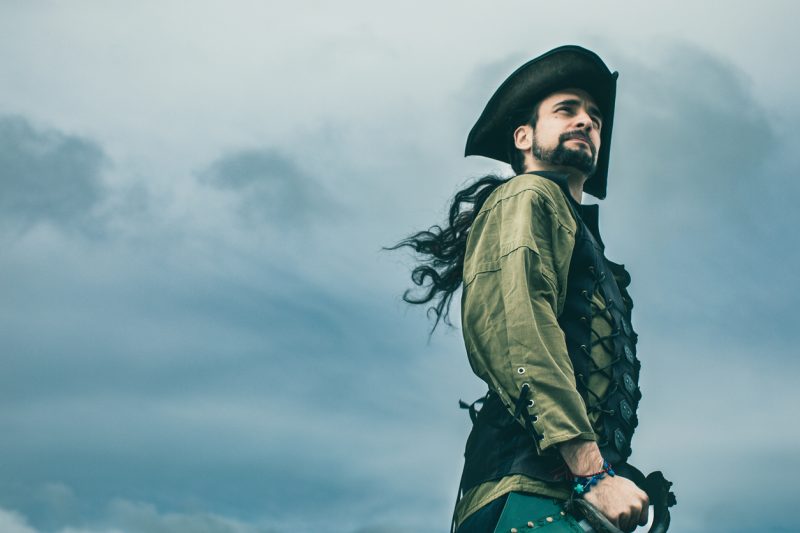On the night of the 14th of January 1942, three Axis ships were stolen from a harbor off the coast of West Africa, right under the noses of their captains.
Though few knew it at the time, this daring raid had been the work of British commandos.
The Voyage of the Maid Honour
In the summer of 1941, Britain’s Special Operations Executive (SOE) bought a fifty-five-ton trawler, the Maid Honour. An unassuming-looking vessel, the Maid Honour could have been an ordinary fishing boat working off any coast in the world.
Refitted with weaponry and crewed by an elite team led by Major Gus March-Phillips, she had a very different mission.
The Second World War was raging and Britain’s survival depended upon defending sea lanes. The Maid Honour was to be sent to the West African coast to hunt U-boats threatening Allied shipping.
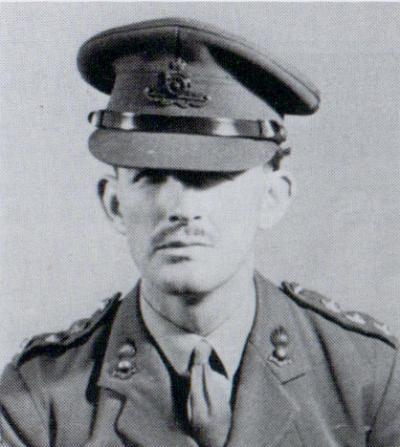
The Ships at Fernando Po
But by the time the boat reached its destination, a more specialist target had been identified.
The Duchess d’Aosta was an Italian liner. For more than a year, it had been sitting in the harbor of Santa Isabel on the Spanish-controlled island of Fernando Po. Though Spain was officially neutral, it leaned towards the Axis, and the island’s governor was strongly pro-fascist.
British intelligence operatives realized that the Duchess d’Aosta was, in fact, a listening vessel, providing the Axis with information on Allied shipping. Accompanied by two German vessels also in the harbor, she was a serious threat.March-Phillips and his men were ordered to take the ships out.
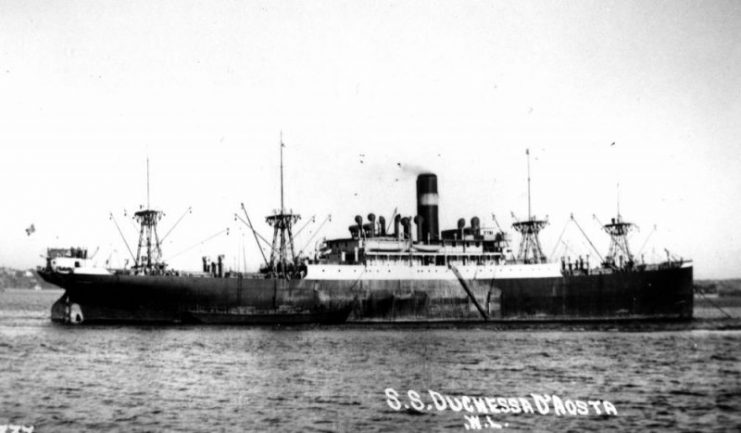
Plausible Deniability
There was a catch. All three target vessels were in a neutral harbor. Attacking them would cause international outrage and potentially push Spain into the war on the side of the Axis.
An operation with plausible deniability was therefore needed. March-Phillips had to make the ships disappear in a way that could be blamed on pirates, leaving no proof of British involvement.
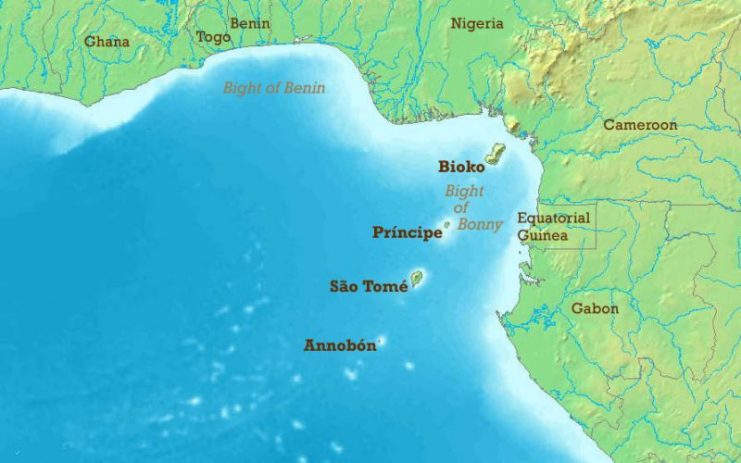
Preparation and Politics
With the help of the Governor of Nigeria, March-Phillips obtained two tugboats and a band of local recruits to man them. Allied intelligence gathered information to help him plan, through both operatives on the ground and aerial photography.
Meanwhile, a political fight threatened to end the operation. The Army and Navy commanders in West Africa both objected to a mission which they saw as little more than hooliganism. It was only when the Foreign Office and Admiralty backed SOE that their objections were overridden.Operation Postmaster would go ahead.
Into Harbor
At 11.15pm on the 14th of January 1942, the British ships approached the harbor of Santa Isabel, hidden by the night. The approach was carefully timed. The town’s generator was switched off at 11.30 every night, plunging the harbor into darkness, and they would slide in unseen shortly after.
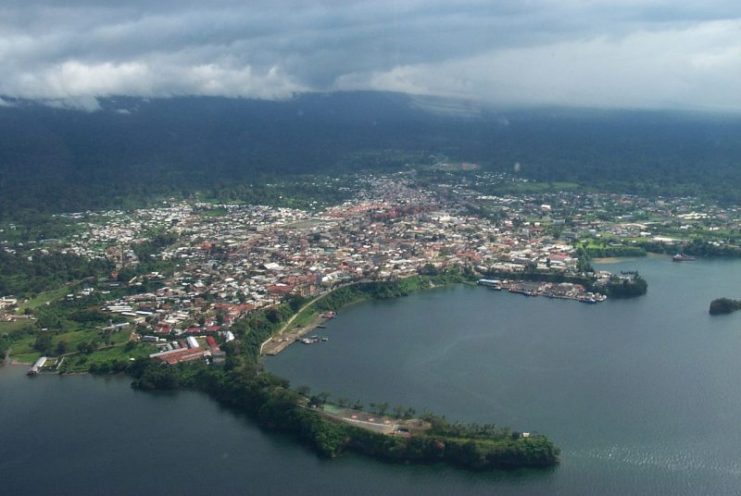
But as they came close, the lights remained on. They had not realized the Fernando Po and Nigeria worked on different time zones.
The boats stopped and the crews waited impatiently, just out of sight of the enemy. At last, the lights went out and they sailed in.
Distracted by Dinner
Meanwhile, the Italian captain and one of his German counterparts, along with many of their officers, were being distracted in town. Richard Lippett, a British agent, had arranged for a local fixer to invite them to a dinner party.
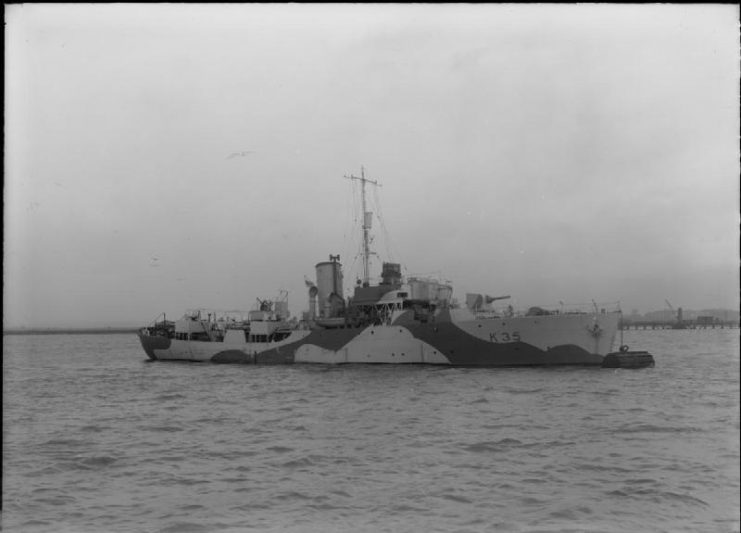
The dinner took place in the Casino Restaurant, overlooking the harbor, but the seating plan put the Axis officers’ backs to the window so they would see nothing. The alcohol flowed freely and paraffin lamps let them keep merrily dining after the lights went out.
Securing the Ships
Within minutes of entering the harbor, the British boats were in position. Their faces blackened, weapons in hand, commandos leaped aboard the Axis ships.
They were prepared for a fight but met very little resistance. Their presence was enough to persuade most of the crewmen to surrender and the rest were dealt with using truncheons.
Soon, the ships and their crews were secured. There had been no casualties.
In the Casino Restaurant overlooking the harbor, the captains remained blissfully unaware of the peril their vessels were in.
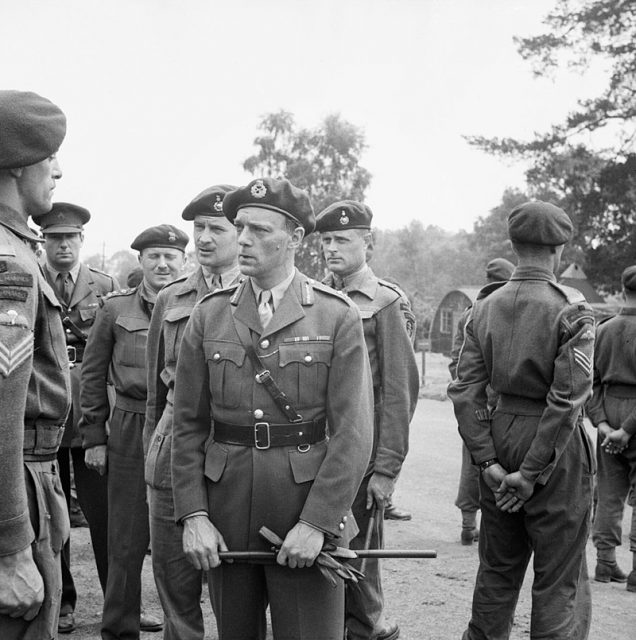
Getaway
The British placed explosives on the chains and cables securing the captured boats. These were meant to sever the moorings and allow a fast getaway.
The explosives detonated with a flash, the noise of the explosions echoing around the harbor. But one of the chains securing the Duchessa remained unbroken. As commotion broke out on shore, the British hastily placed more explosives on a short fuse.
This time, the blast worked. The ship was cut free. The British tugs fired their engines and hauled the captured vessels out to sea.
Panic
In Santa Isabel, panic and confusion reigned. Believing the explosions to be evidence of an air raid, anti-aircraft guns started blazing at the sky. Alarms sounded and locals grabbed rifles to defend themselves. No-one realized that the attack had come from the sea.
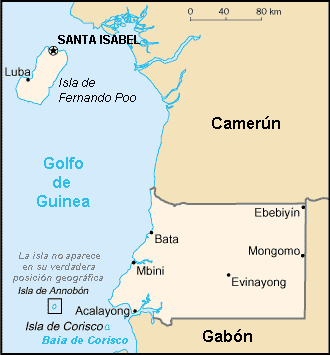
At last, people noticed the missing ships. Africans and Spaniards laughed at the discomfort of their Axis guests, but most of the remaining Germans and Italians were too drunk to make sense of the situation. A drunken German captain stormed over to the British Consulate and screamed for his ship back, then started a fist fight.
Aftermath
Speculation ran rife about who had stolen the ships. Was it the British, the Americans, maybe anti-Falangist Spanish rebels? By dropping Free French caps in the harbor as he left, March-Phillips added to the confusion.
Spanish reactions were mixed. Some people were outraged, but others admired the cunning and daring of the raiders. After all, they hadn’t hit Spanish ships.
Despite angry accusations from the Germans, no-one could prove British involvement. To ensure this remained the case, the captured seamen were interned for the rest of the war.
Operation Postmaster had been a spectacular success.
